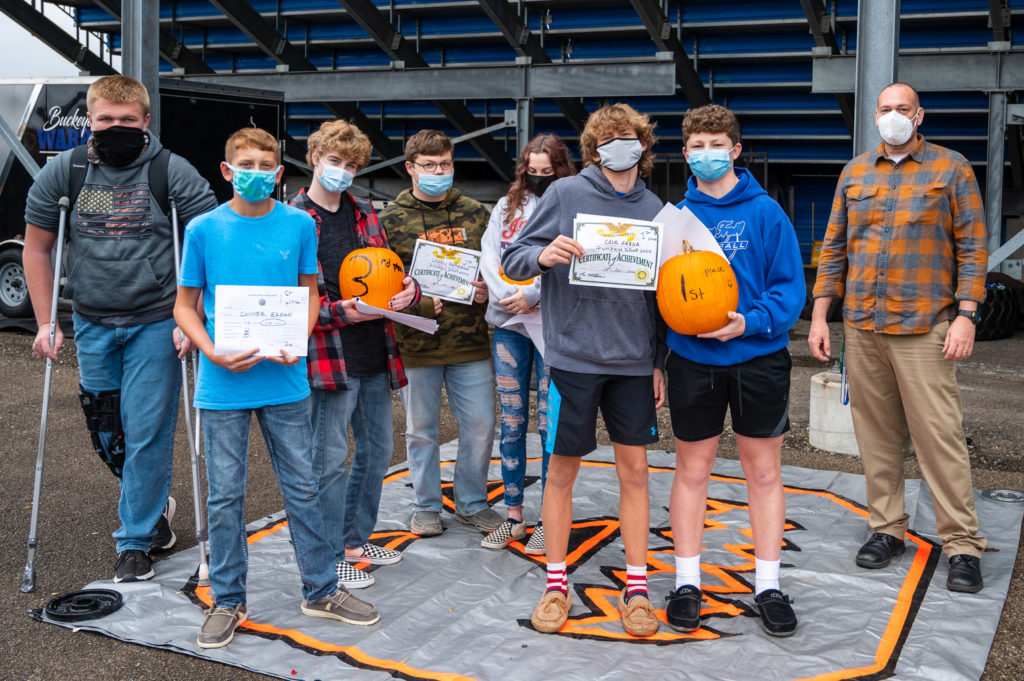Congratulations to the 2020 STEM Pumpkin Drop Contest Winners.

This entry was posted in News on by Matthew Hardy.
This entry was posted in News on by Matthew Hardy.
Early bird yearbook orders are now available. Orders must be placed by October 31st, 2020 and cost starts at $50.00 for 9-12 students and $25.00 for K-8 students. Get yours early and save!!!
This entry was posted in News on by kiddermedia.
In school, we often use the term goals with your children. How can we help our students set realistic goals and stick to them? Consider these ideas you can also support at home:
5. Celebrate. Celebrate the small successes like sticking to the goal’s steps. There is something about acknowledging progress, even small progress, that propels us to keep at it and work toward the next small step along the road of attaining a goal.
This entry was posted in News on by kiddermedia.
Part of preparing students for learning is to help teach them to have a growth mindset. This means teaching them to recognize that there are certain things they are not able to do YET. To do this you can help your child think back to things they once couldn’t do like riding a bike, eating on their own or getting dressed. Helping them to have faith that if they try their best and remember that just because they can’t do something yet, doesn’t mean they won’t ever be able to. This mindset helps students approach learning with an open mind.
This entry was posted in News on by kiddermedia.
Kids love to be close and share everything, even germs. Here are some quick tips to help students reduce the spread of germs at school.
East Guernsey Local Schools, 65591 Wintergreen Road, Lore City, OH 43755 / Phone: (740) 489-5190
© Copyright 2024 East Guernsey Local Schools. All rights reserved.
In accordance with Federal law and the USDA policy, this institution is prohibited from discriminating on the basis of race, color, national origin, sex, age, or disability." To file a complaint of discrimination, write USDA, Director, Office of Civil Rights, 1400 Independence Avenue, S.W., Washington, DC 20250-9410 or call (800)795-3272
Designed by Kidder Media

